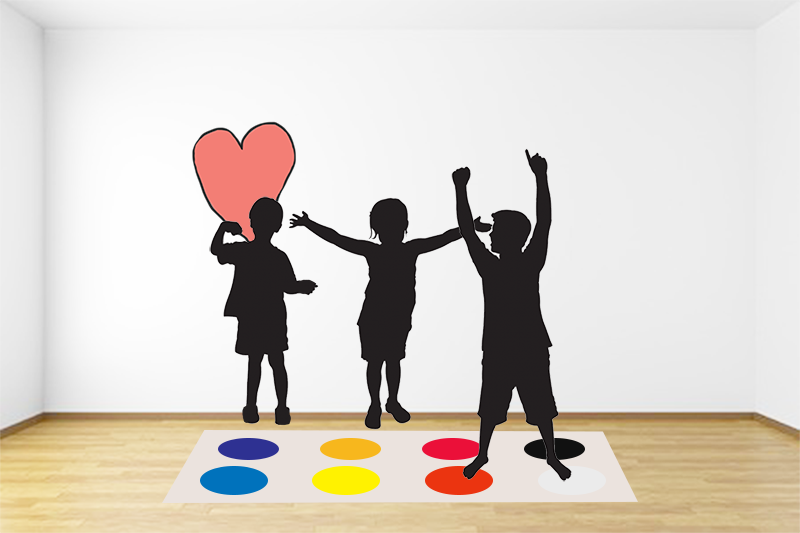The 'ideal'
Twisted is a creative learning initiative that teaches colour theory to Grade 1 students while promoting active engagement, problem-solving skills and collaboration.
The key problem space that Twisted was designed to address is the observed decline in creativity fostered in early Australian childhood education over the past 25 years [2]. As Team Twisted, we set out to address this apparent problem space through ideating concepts which taught colour theory as the academic overtone to foster creativity, and consequently, collaboration and problem solving skills for the target audience of Grade 1 students. From an individual perspective, the design process revealed to me the importance of open-ended experience and freedom within creative learning, thus framing my individual focus within the studio and team domains. Twisted therefore aims to create a learning environment where creative freedom and collaboration is actively encouraged through two broad interactions; freely drawing images and using the mat to select and mix colours.
Due to various resource limitations, which were further exacerbated by the Covid-19 crisis, the intended final form of the concept was unfortunately unable to be attained. The 'ideal' concept has been illustrated below. The concept would ideally comprise of a mat, similar to the one created, and a large touchscreen interface on which users could draw freely. Twisted allows users to draw an image they desire on the screen, before using colour pads on the mat to mix primary colours and achieve diverse colours that they can then use to colour in their images.

The 'actual'

The final form of the prototype provides very similar functionality, interaction and form as intended. The Twisted prototype allows users to draw around images outlined on the screen, and then use the mat to colour in individual segments. Users can step on a colour whilst hovering over a shape to apply the colour to the shape. By stepping on two colour pads at the same time, the combination of these colours will fill the selected shape to immediatly display the theory of colour mixing to students.
Form
The final prototype has been created using various materials, hardware and software:
- Unity to display the interactive screen and provide the interface for interaction (free draw asset was used for the drawing element[4])
- Arduino to sense colour pad selection
- Single core wire and copper tape to create the buttons positioned underneath the colour pads
- Foam board as the mat base